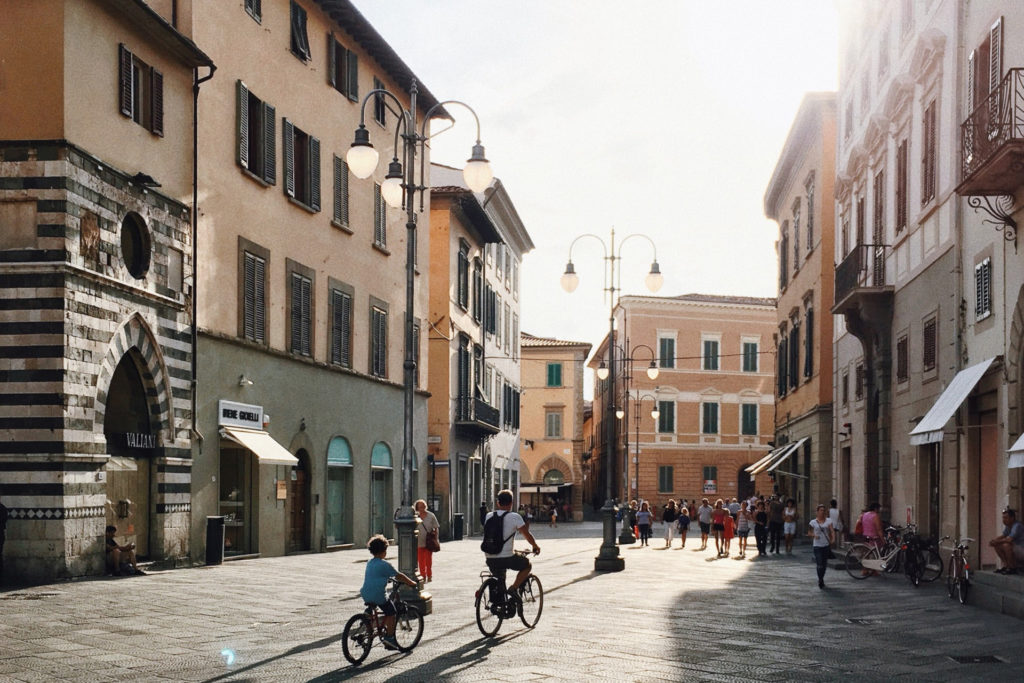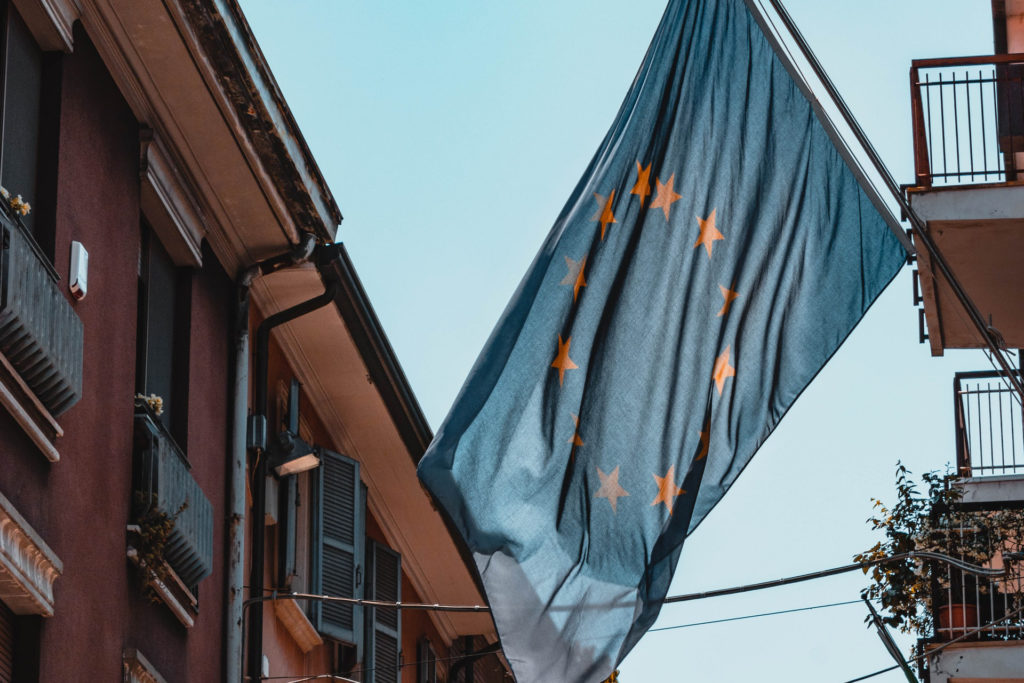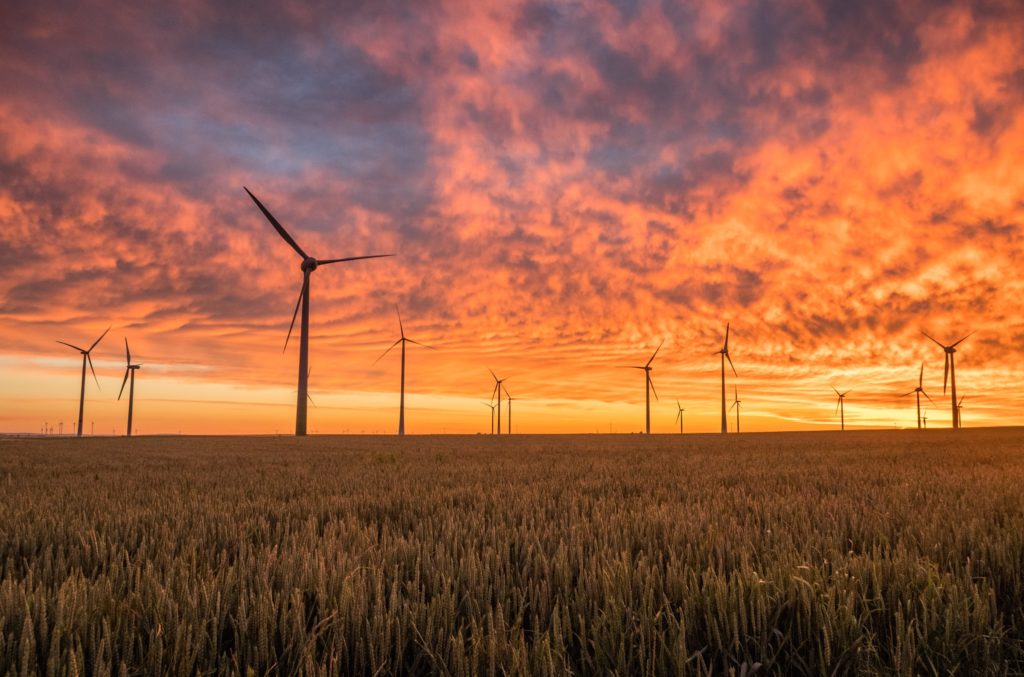02.07.2021
Despite some good last-minute changes, the Italian Recovery and Resilience Plan greenlit by the European Commission still seems unable to face the challenges ahead of Italy after COVID-19, write Greens/EFA Italian MEPs, Rosa D’Amato, Ignazio Corrao, Eleonora Evi and Piernicola Pedicini. We need a path that leads towards a more sustainable economy, and a fair and inclusive society.

What is the Italian Plan and what’s at stake?
The Italian Recovery and Resilience Plan outlines reforms and investments accounting for a total of €235 billion and scheduled until 2026 along six policy lines: Digitalisation, Green Transition, Sustainable mobility, Education and research, Inclusion and cohesion, and Health. The Plan includes young people, women and the North/South divide as “horizontal priorities”, meaning to address them across the six policy areas. It also proposes priority reforms of public administration and the justice system.
For the part that is financed by the Recovery and Resilience Facility (RRF), the Italian Plan constitutes 29% of the total envelope. It is therefore the biggest and the heaviest in the EU budget. This group of recovery measures is meant to address the dramatic social and economic repercussions of COVID-19 in Italy, but its success – or failure – will reflect on the Union as a whole.

The Italian Plan looks fine at first glance, but does it actually comply with EU rules?
On 22nd June, the European Commission published its assessment of the Italian Plan. Based on the eleven indicators against which all national plans are evaluated, Italy’s Plan passed with top marks: all ‘A’s and one ‘B’ on cost efficiency. The Commission has certified that the Plan as it stands fully complies with the requirements of its Recovery and Resilience Facility (RRF) particularly with the binding targets of 37% for climate spending and 20% for digital spending. It also attested that none of the measures will do significant harm against the environment, and that the Plan is solid in terms of stakeholders’ involvement, guarantees against fraud and corruption, and lasting impact of its reforms and investment.
Our assessment is different. If we take a closer look at these eleven indicators, and keep in mind the rules for the functioning of the RRF and EU law, such a “top of the class” evaluation comes as a surprise. As the Greens/EFA Group in the European Parliament, we have urged the Commission to pay attention to a number of measures in the Italian Plan which we believe do not follow the rules. These include investments in fossil fuels-related activities, financial support for intensive agriculture, violations of procedures for the Environmental Impact Assessment, and a general disregard of those regional disparities that EU treaties prescribe to solve.
Our call was heard. In the final version of the Italian Plan, approved by the European Commission, some of these very problematic measures have been changed and replaced with:
- A significant push away from fossil fuels, including gas, which would have undermined any “green revolution”. The Commission made sure to scrape off investments on diesel or methane fuelled vehicles and machinery, and included limits on spending on gas boilers under the building renovation programme called the “Superbonus 110”.
- A tilt toward using renewables to cover the decarbonisation of the industrial and transport sectors. This particularly concerns the government’s plan for the former Ilva steel plant in Taranto, where the Draghi government intended to keep the production of steel with a coal blast furnace and through DRI with methane and melting in an electric furnace. Now, Italy will only be able to finance research, development and innovation projects to study steel production from the so-called “green hydrogen”, based on renewable energy sources.
- More attention to the Southern regions, with additional projects in high-speed and local rail connections, for example between Palermo and Catania.

Italy plans for 37% spending on climate – but what is our climate strategy?
The European Commission judged that climate spending within the Italian Plan manages to surpass the binding threshold, with a 37.5% share. In our view, this assessment is very optimistic. The analysis of the Green Recovery Tracker backs up this scepticism. Researchers show that only 16% of the investment covered by EU funds will have a positive impact in facing the climate crisis, while 28% may have a negative impact, depending on implementation.
The total share of climate spending is just one side of the coin. We have to look at which sectors benefit from investment. Two of the flagships of the recovery programme, renewables and e-mobility, seem dramatically underfunded. The third one, renovation, relies heavily on the “Superbonus 110”. This is promising, but could easily fall short of ensuring the deep renovation that the Italian building stock requires. Measures for protecting biodiversity also account for less than 1% of the total budget, in a country where nature restoration is in desperate need.
This shows that funds were allocated without having a clear climate strategy in mind, as environmental NGOs have reported. Instead, the Italian government was listening to the powerful lobbies of the fossil fuel industry, who had more than a hundred meetings with Italian public officials from summer 2020 to spring 2021. Italy’s climate spending plans seem to have been pulled out of an old drawer and dusted off. They are simply not in line with today’s climate needs and ambitions.

Young people, women, the South: the Italian Plan gives the least to those who need it the most
The COVID-19 pandemic has exacerbated Italy’s structural weaknesses, making those who were already vulnerable even more vulnerable. While the Italian Plan does identify young people, women and Southern regions as priorities, it takes a “horizontal” approach to these issues. Funds are scattered according to different policy areas, but no specific measures are taken to solve these structural imbalances at their roots.
As for gender equality, issues range from the impossibility to understand the impact on women entrepreneurship to the complete exclusion of the gender dimension from job creation in the digital economy. Related spending is reduced to investment on childcare and social welfare, which will surely help, but cannot address the socio-economic and cultural biases that are obstacles for women entrepreneurship. Other measures – such as “gender friendly” certification for businesses – will be hard to enforce as they lack either incentives or sanctions.
When it comes to territorial cohesion, at first sight the share of investment dedicated to Southern and lagging regions may seem significant. But, too often we have witnessed infrastructural projects being attributed funds that were then taken away and “repackaged” for other purposes, leaving nothing but empty promises. At our initiative, MEPs condemned this malpractice in the European Parliament resolution on the recovery plans. In general, our estimation sadly is that the impact of the Plan in balancing the contributions of Northern and Southern regions to national wealth will be almost zero.

Can we still build a real green recovery in Italy?
Putting Italy on the path to a green recovery means solving the imbalances that make the country weaker and exposed, while putting Italy back at the forefront of EU integration. To do this, we need to utilise this unprecedented rise in European solidarity. The climate crisis (in all its different and dramatic aspects) and the social crisis (fuelled by gender inequality, inter-generational inequity and regional disparities) must be tackled as priorities. This means creating targeted measures with a sufficient amount of financing.
The Italian Plan is not the right strategy for a genuinely green recovery. Even where reforms and investments look good on paper, implementation will determine whether the actual impact is positive or negative. The Greens/EFA Group in the European Parliament will keep monitoring the national and local developments of the Italian Plan, and putting pressure on the European Commission and on the Italian government to abide by EU rules.
But there are also issues that can be fixed immediately. For this reason, we are supporting citizens through a petition to change the Plan towards a true cohesion between Northern and Southern regions. We are also advancing the idea of an environmental civil service for the recovery, which will both support young people and work to stop the climate crisis.
Authors

MEP Rosa D’AMATO / European Union 2019 
MEP Ignazio CORRAO / European Union 2019 
MEP Eleonora EVI / European Union 2019 
MEP Piernicola PEDICINI / European Union 2019